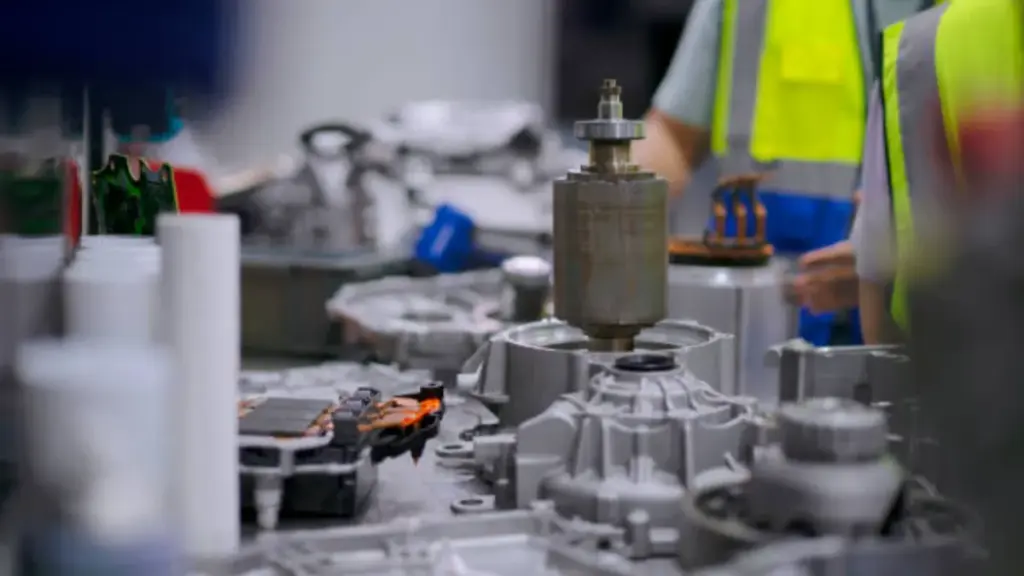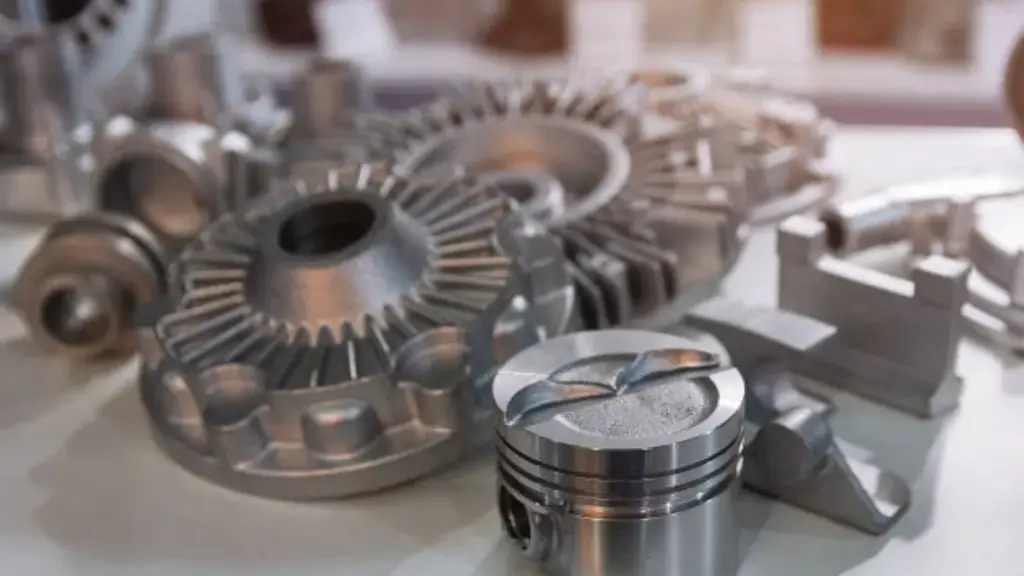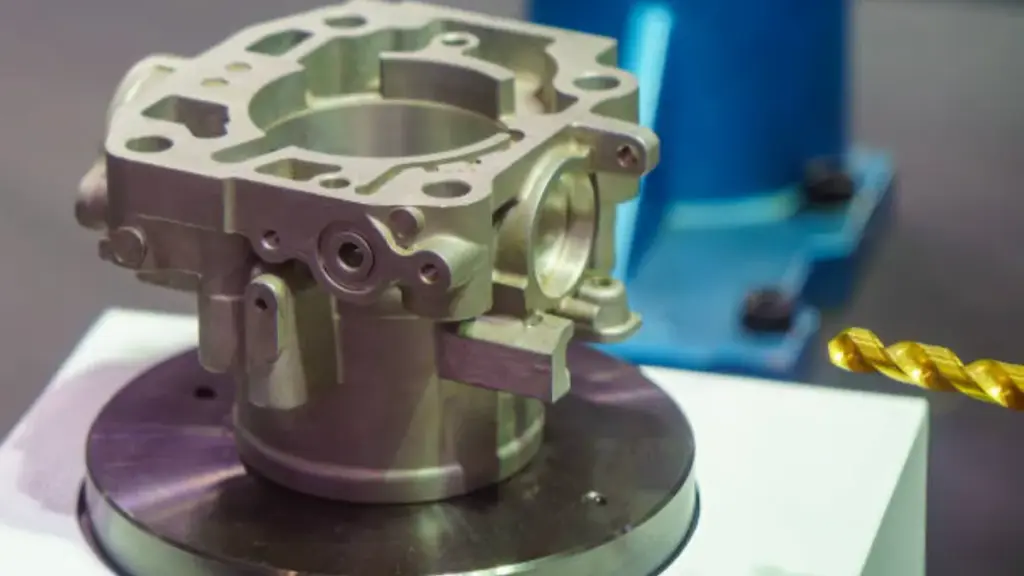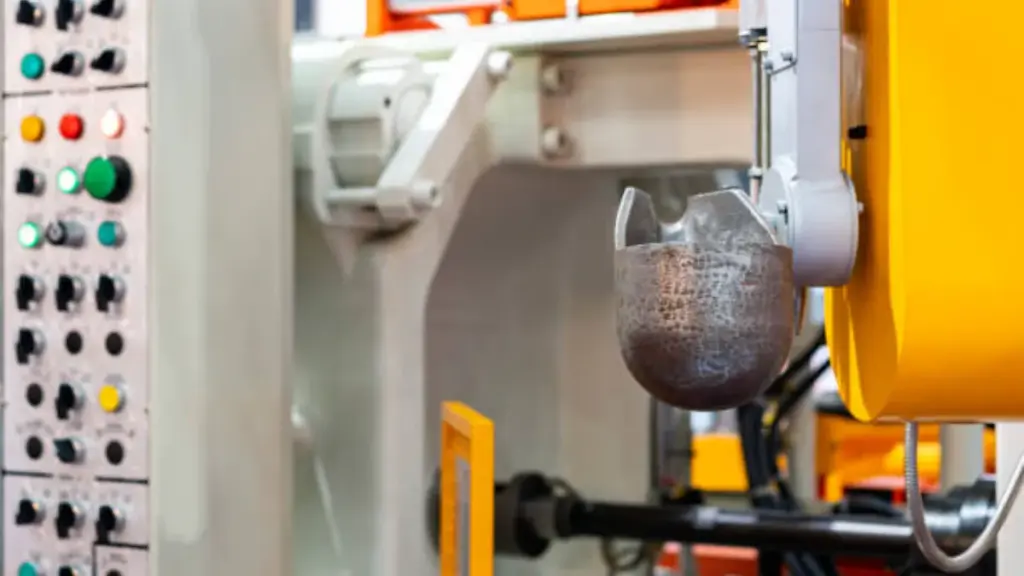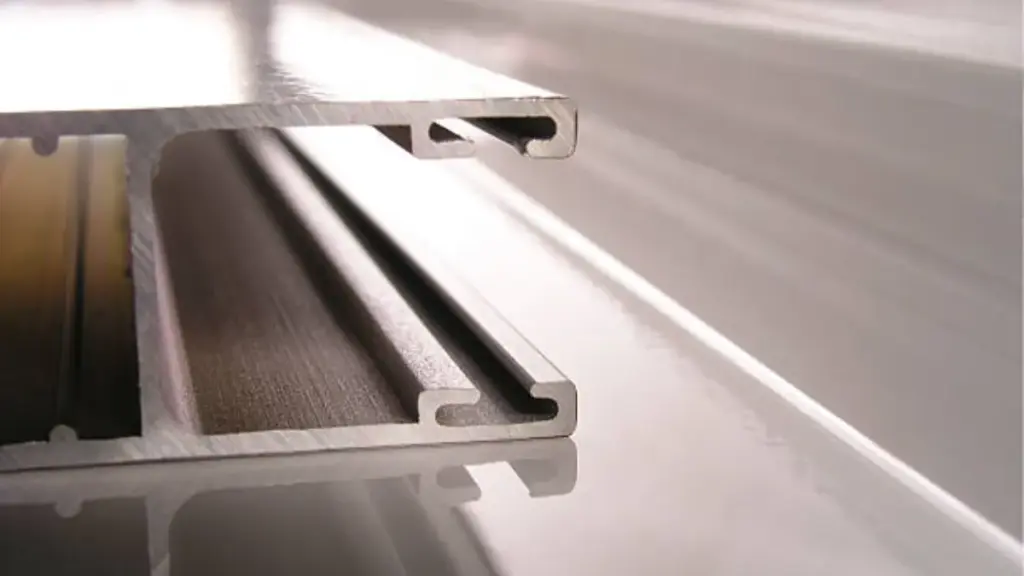耐久性のある製造を考えるとき, 軽量, 複雑な形の金属成分, アルミニウムダイキャスティングは、しばしば中心的なステージになります. しかし、まさにアルミニウムダイキャスティングは何ですか, そして、なぜアルミニウムがこのプロセスに最適な金属なのか? この魅力的な製造方法のナットとボルトに飛び込みましょう.
アルミダイカストとは?
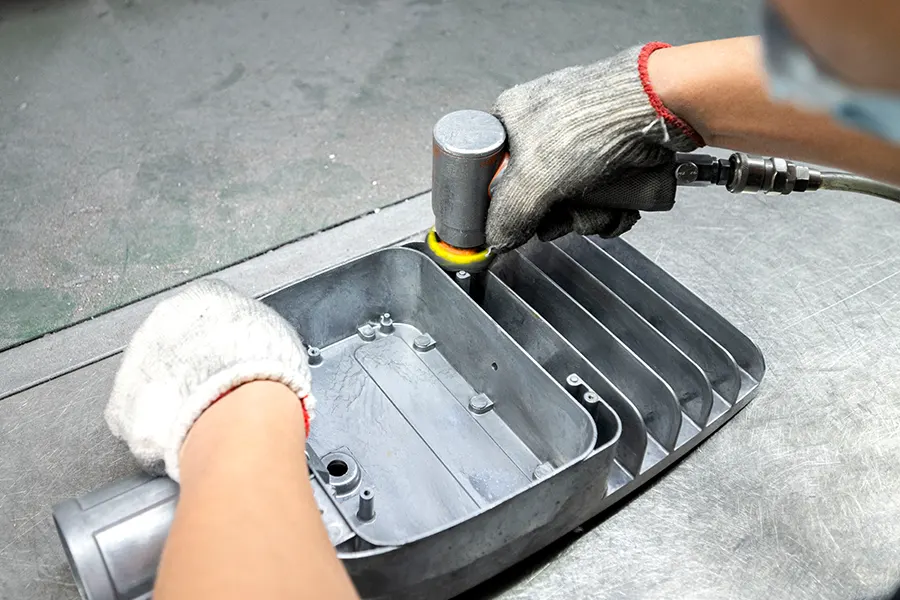
ダイキャスティングは、高圧下で溶融アルミニウム合金をカビの空洞に強制することを含む金属鋳造プロセスです. ゼロ型の金属版を作るようなものです – のみ, ゼラチンの代わりに, アルミニウムを使用しています! この方法により、高精度で複雑な形状を生成することができ、 表面仕上げ.
アルミニウムダイキャスティングプロセス
アルミニウムダイキャスティングプロセスには、いくつかの重要なステップが含まれます, カビの準備から鋳造の排出まで. それを分解しましょう.
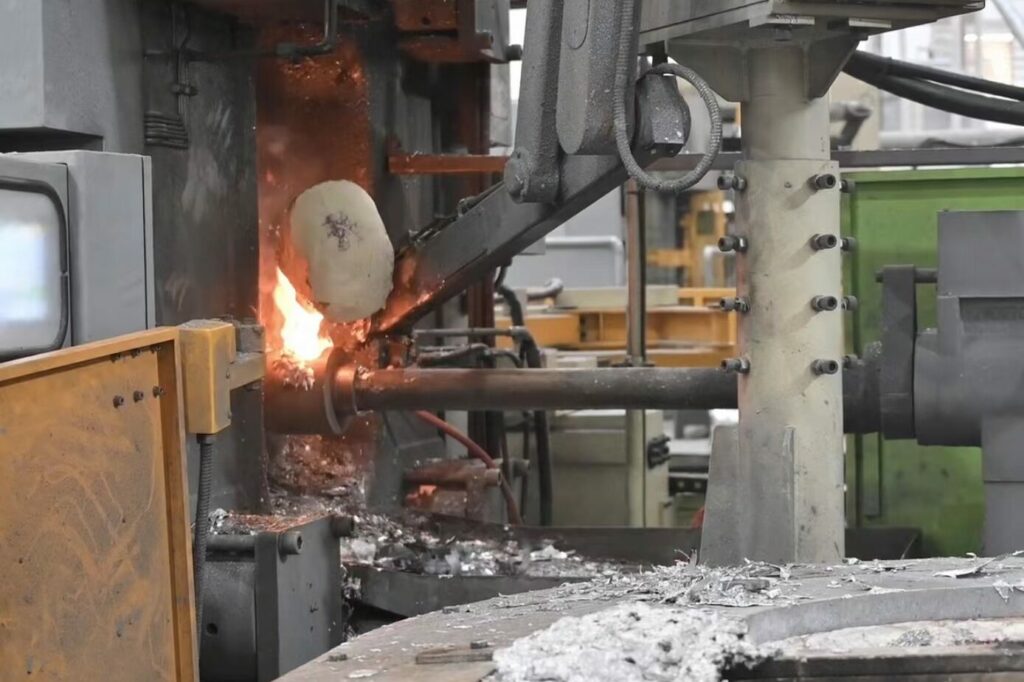
#1: 金型の準備
最初に最初のこと, 型が必要です. この型, 通常、鋼製です, 目的の部分の正確な仕様に合わせて作成されます. それは、金属用のカスタムメイドのクッキーカッターを持っているようなものです!
#2: アルミニウムの融解と注入
型の準備ができたら, 物事を加熱する時が来ました. アルミニウムのインゴットは炉で溶けてから、高圧下でカビの空洞に注入されます. 溶融アルミニウムを金属型型の風船に注入すると考えてください!
#3: 冷却固化
アルミニウムが型に注入された後, カビの空洞の形をとるために急速に冷却して固化します. このプロセスは、あなたが言うことができるよりも速く起こります “アルミニウム固化。”
#4: 鋳物の排出
アルミニウムが固化したら, 新しく形成された部品が金型から取り出されます, トリミングする準備ができました, 終了した, そして、仕事に置いてください.
ダイキャスティングで使用される一般的なアルミニウム合金
アルミダイカスト 適切な合金なしでは不可能です. ダイキャスティングプロセスで使用される最も一般的なアルミニウム合金のいくつかを見てみましょう.
アルミニウム合金 380
アルミニウム合金 380 優れたキャスティブと機械的特性のために、ダイキャスティングで最も広く使用されている合金の1つです. それは良い強さと硬度を提供します, 腐食に対する優れた抵抗とともに. 合金 380 複雑な形状と薄い壁を必要とする部品によく使用されます, さまざまな業界で人気のある選択肢になります, 自動車および家電を含む.
アルミニウム合金 383
アルミニウム合金 383 合金に似ています 380 しかし、熱い亀裂に対する抵抗が改善されました, 高温を伴うダイキャスティングアプリケーションに特に適しています. それは良好な流動性を提供し、優れた表面仕上げと寸法の安定性を必要とするコンポーネントによく使用されます.
アルミニウム合金 360
アルミニウム合金 360 その高い腐食抵抗と優れた圧力の強さで知られています. それは一般的に優れた流動性と延性を必要とする部品に使用されます, 電気部品や配管器具用のハウジングなど. 合金 360 また、非常に機械加工可能です, キャスティング後の機械加工操作を必要とする部品に適しています.
アルミニウム合金 390
アルミニウム合金 390 優れた耐摩耗性と寸法安定性を備えた高強度合金です. 多くの場合、高い機械的特性を必要とする部品に使用されます, 自動車および航空宇宙アプリケーションのエンジンコンポーネントや構造部品など. 合金 390 優れたキャスティブを提供し、薄い壁で複雑な形を生成するのに適しています.
アルミニウムダイキャスティングの種類
今、私たちはプロセスを理解しています, アルミニウムダイの2つの主要なタイプのキャスティングを探りましょう: ホットチャンバーとコールドチャンバーダイキャスティング.
ホットチャンバーダイカスト
ホットチャンバー内ダイカスト, 注入システムは溶融金属浴に浸されています. このプロセスは、融点が低い金属に最適です, 亜鉛やマグネシウムなど. 泡立つ大釜で金属魔法を作るようなものです!
コールドチャンバーダイカスト
コールドチャンバーダイカスト, 一方で, 金型に注入する前に、溶融金属を冷たいチャンバーにひしゃくすることを含みます. この方法は、融点が高い金属に好まれています, アルミニウムや銅など. 液体金属を待っている型に注意深く注ぐようなものです.
アルミニウムダイキャスティングマシンの種類
ダイキャスティングマシンは、ダイキャスティングプロセスに関与する高い圧力と温度に耐えるように設計されています. それらはさまざまな形やサイズがあります, それぞれが異なる生産ニーズに適しています. ダイキャスティングマシンには3つの主要なタイプがあります:
- 水平方向のコールドチャンバーマシン: これらのマシンは大量生産に最適であり、自動車や航空宇宙などの業界で一般的に使用されています.
- 垂直コールドチャンバーマシン: 垂直コールドチャンバーマシンは、より小さな生産の実行に使用され、金型のサイズと構成の点でより柔軟性を提供します.
- 水平ホットチャンバーマシン: 融点が低い金属に最適であり、亜鉛やマグネシウムダイ鋳造アプリケーションによく使用されます.
アルミニウムダイキャスティングマシンの重要なコンポーネント
これで、使用されるマシンの種類がわかっています, それらをチェックさせる重要なコンポーネントを掘り下げましょう.
注入ユニット
注入ユニットは、金属を溶かし、高圧下で金型空洞に注入する責任があります. ダイキャスティングマシンの鼓動ハートのようなものです, 溶融金属を待っている型にポンピングします.
クランプユニット
クランプユニットは、鋳造プロセス中に大きな圧力の下で金型の2つの半分を一緒に保持します. 魔法が起こる間、すべてを所定の位置に保つ強い腕のようなものです.
油圧システム
油圧システムは、ダイキャスティングマシンのさまざまなコンポーネントを操作するために必要な電力を提供します. 操作全体を動かす筋肉のようなものです, すべてがスムーズに実行されるようにします.
アルミニウムダイキャスティングの利点
今、私たちはアルミニウムの鋳造がどのように機能するかについてしっかりと理解しています, その重要な利点のいくつかを探りましょう.
高い強度重量比
アルミニウムダイプサイトは、優れた強度と重量の比率を提供します, 体重の節約が非常に重要なアプリケーションに理想的にする, 自動車および航空宇宙産業など.
寸法精度
ダイキャスティングプロセスの精度に感謝します, アルミニウム部品は、強烈な許容度と高次元の精度で生成できます, 毎回完璧なフィット感を確保します.
高速生産
アルミニウムダイキャスティングは、比較的短い時間で大量の部品を生産できる非常に効率的なプロセスです. これは、製造プロセスのウサインボルトのようなものです!
費用対効果
その多くの利点にもかかわらず, アルミニウムダイキャスティングは、費用対効果の高い製造ソリューションのままです, 他の生産方法よりも大幅な節約を提供します, 特に大量生産のために.
複雑な形と薄い壁
アルミニウムダイキャスティングの最も重要な利点の1つは、他の方法を使用して達成するのに不可能または非常に高価な複雑な幾何学と薄い壁を持つ部品を生産する能力です。.
アルミダイカストの用途
なぜアルミニウムが鋳造岩を死ぬのかがわかった, さまざまな業界で最も一般的なアプリケーションのいくつかを探りましょう.
自動車産業
エンジンコンポーネントから送信部品まで, アルミニウムダイキャスティングは、で重要な役割を果たします 自動車産業, ここで軽量, 耐久性のある部品は、燃料効率と性能に不可欠です.
家電
の世界で 家電, アルミニウムダイキャスティングは、スマートフォンからラップトップまで、あらゆるもののための洗練された軽量のハウジングを作成するために使用されます, スタイルと耐久性の両方を確保します.
航空宇宙産業
航空宇宙アプリケーションで, 重量が重要な要素となる場合, アルミニウムダイキャスティングは、航空機と宇宙船用の軽量でありながら信じられないほど強力なコンポーネントを生産するために使用されます.
医療機器
医療業界で, アルミニウムダイキャスティングは、幅広いコンポーネントを生産するために使用されます, 手術器具から医療機器まで, 精度と信頼性が最も重要な場合.
産業機械
ポンプやバルブからギアボックスやハウジングまで, アルミニウムダイキャスティングは、産業機械部門で広く使用されており、高品質を生産しています, 要求の厳しい動作条件に耐えることができる耐久性のあるコンポーネント.
アルミニウムダイキャスティングの品質管理
厳格な品質管理基準の維持 アルミニウムのダイカスト部品の完全性と一貫性を確保するために不可欠です. いくつかの一般的な品質管理措置を調べてみましょう.
検査方法
目視検査から高度な非破壊検査技術まで, さまざまな検査方法を使用して、鋳造部品の品質と完全性を検証するために使用されます.
欠陥とその予防
アルミニウムダイキャスティングの一般的な欠陥, 気孔率など, 収縮, そしてコールドシャット, 適切なプロセス制御により最小化できます, 材料の選択, 設計最適化.
適切なアルミニウムダイキャスティングメーカーの選択
非常に多くのダイキャスティングメーカーがいます, 適切なものを選択することは、困難な作業になる可能性があります. メーカーを選択する際に考慮すべき重要な要素がいくつかあります.
経験と専門知識
成功の実績とアルミニウムダイキャスティングでの豊富な経験を持つメーカーを探してください. プロセスの内外を知っている企業は、仕様を満たす高品質の部品を提供する可能性が高くなります.
品質認定
であることを確認してください ダイキャスティングメーカー ISOなどの業界標準に認定されています 9001 とIATF 16949, 品質と継続的な改善へのコミットメントを示しています.
カスタマーレビュー
メーカーの評判と顧客満足度レベルの感覚を得るために、顧客のレビューと証言をチェックしてください. 過去のクライアントからの確かな評判と前向きなフィードバックを持つメーカーは、あなたの期待を満たす可能性が高いです.
結論
結論は, アルミニウムダイキャスティングは、他の生産方法よりも多くの利点を提供する非常に用途が広く費用対効果の高い製造プロセスです. 高精度で複雑な形状を生成する能力から、さまざまな業界の幅広いアプリケーションまで, アルミニウムダイキャスティングはプレイし続けています

